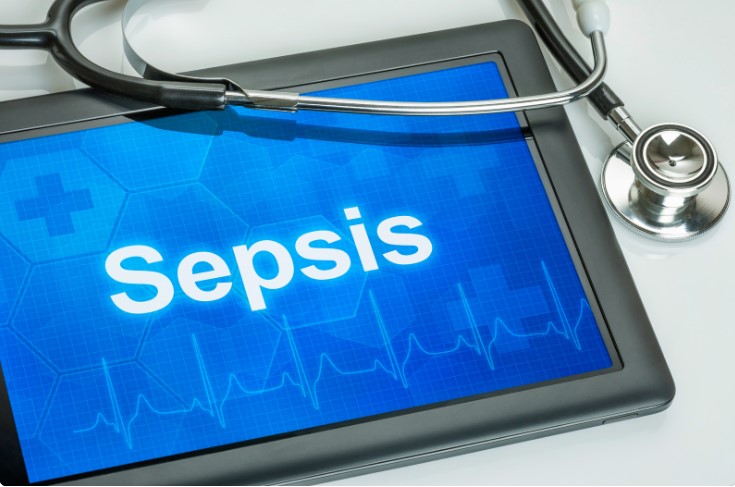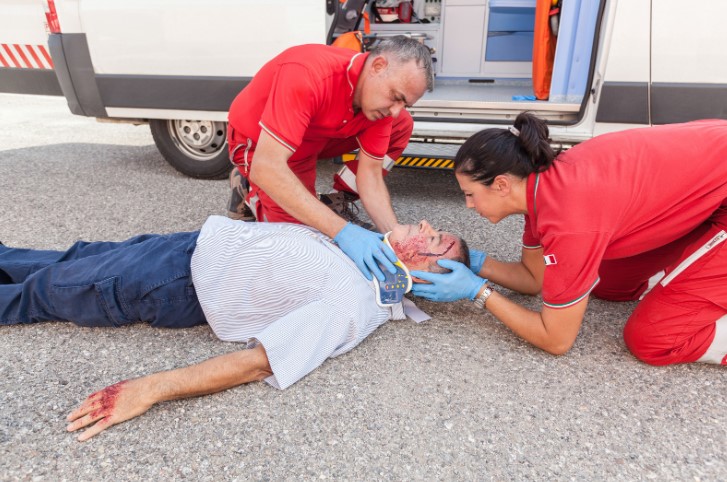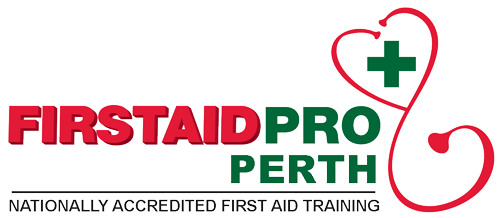Knowledge of first aid is important for parents, whose primary responsibility is looking after the health and safety of their children. Knowing what to do in times of emergency can sometimes be the difference between a full recovery or having a lifelong disability.
Read on to learn how to handle common first-aid situations involving your child.
A Parent’s Guide To First Aid
Life with kids, especially younger ones, means you will be the first responder to accidents and mishaps every now and then. Recognising physical or mental changes following an injury and illness is important to address their condition properly. You must know how to approach your child’s health and well-being with the right skills and confidence.
This means that you, as parents and any caregivers (babysitters, nannies, etc.), should know basic first aid.
10 Essential First Aid Skills For Parents
Here are ten must-know first aid skills for handling common emergencies in children.
1. When To Call 000
While not every emergency requires a trip to the ER, parents need to know when to call for EMS and ask for assistance.
A child who has gone unconscious for a while, is not breathing, or experiencing severe bleeding are clear indications to call triple zero (000).
2. Choking Management
Babies and toddlers are prone to choking, which makes it one of the most important things for parents to look out for. The best way to handle choking is back thrust for infants and abdominal compressions for older children.
For infant choking, give a few sharp blows to their back, between shoulder blades. Doing so will release the obstruction and clear out the airway. For abdominal compressions, grab the child by the waist and place both hands above their navel. Push hard into the abdomen in an upward motion till the problem is solved, or help arrives.
3. Wound Care
Minor cuts and scrapes are common in children, which most likely require basic first aid at home. Rinse away any debris using soap and water and apply antibiotic ointment.
For bleeding injuries, elevate the wound and apply gentle pressure for 15 minutes with a gauze or clean cloth. Apply adhesive bandage on the wound to keep out the bacteria and change it at least once a day.
4. Burn Treatment
Children like to explore and sometimes touch things that cause burns. In case of burns, place the affected area under cool running water to provide relief.
Apply a burn ointment generously to soothe the injury and give them a child-friendly pain relief medication to help with the pain. For severe burns, go to the doctor immediately.
5. Stopping A Bloody Nose
Nose bleeds are extremely common in children due to a number of reasons.
To stop a nosebleed, let the child sit in an upright position with the head tilted forwards. Use a clean cloth or handkerchief to pinch the top of their nose and hold it for at least ten minutes.
6. Seizure Management
First, know what a seizure looks like and its symptoms, such as twitching or involuntary movements of the hands and legs, spasms, and temporary loss of consciousness.
First aid for seizures starts by placing the child on a flat floor and turning them into their side. Loosen all clothing and take off any jewellery that may restrict their breathing. Make sure always to keep their mouth clear for any blockage.
Once the seizure is over, seek help from a doctor and describe the symptoms in detail.
7. Knocking Down A Fever
Fevers in children can sometimes lead to complications such as dehydration and seizure. If a child does have a fever, dress them in light clothing and make sure to get them enough liquids.
The doctor may also prescribe fever-reducing medicines like Children’s Tylenol.
8. Addressing Head Trauma
Following a hit or blow to the head, ensure the child has not lost consciousness and is coherent.
Seek emergency help if the child has lost consciousness. Otherwise, apply ice if there is any bump on their head. Even if they seem normal, it is best to take them to a doctor to review concussion protocol and check for other symptoms.
9. Use A First Aid Kit
Parents must know how to use items in a first aid kit since it will be easier to perform intervention if you know the basics. Make sure the kit has all the essentials, including adhesive bandages, gauze pads, antibiotic ointment, medications, and more.
10. Perform CPR
Knowing how to do cardiopulmonary resuscitation (CPR) will go a long way to ensure your child’s safety.
To perform CPR, make sure the child is lying on their back. Place the heel of your palm in the centre of the chest and start pressing down. Make sure the chest rises with every compression. Do this until your child breathes or until help arrives.
Get Trained
If you are not yet certified, it is easy to find a CPR class. You can search for in-person classes by your location on our website or even take an online CPR training course.
Having basic first aid skills is important, especially for parents. Level up your superhero game and learn how to treat minor illnesses and accidents in children.
Visit the First Aid Course Canberra for upcoming courses near you.








